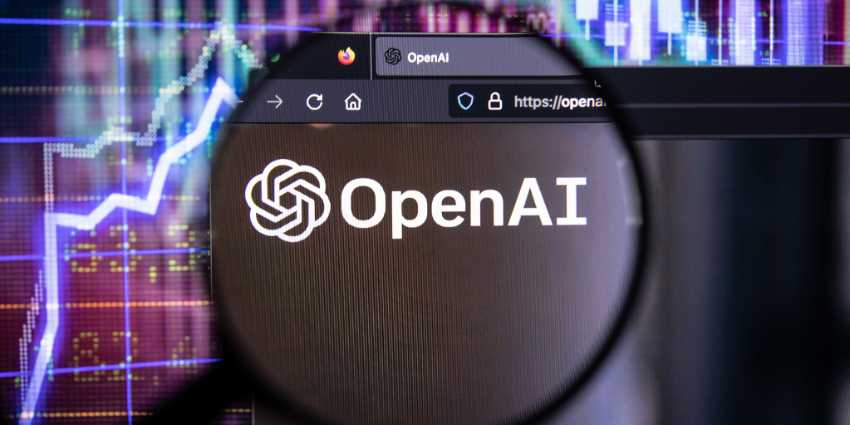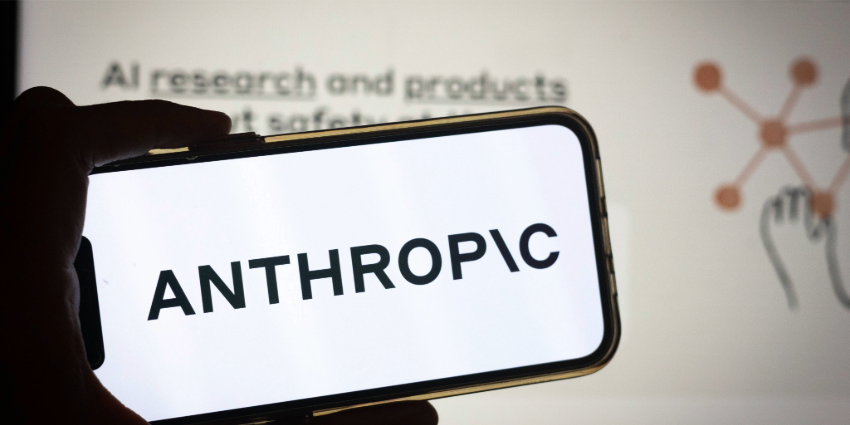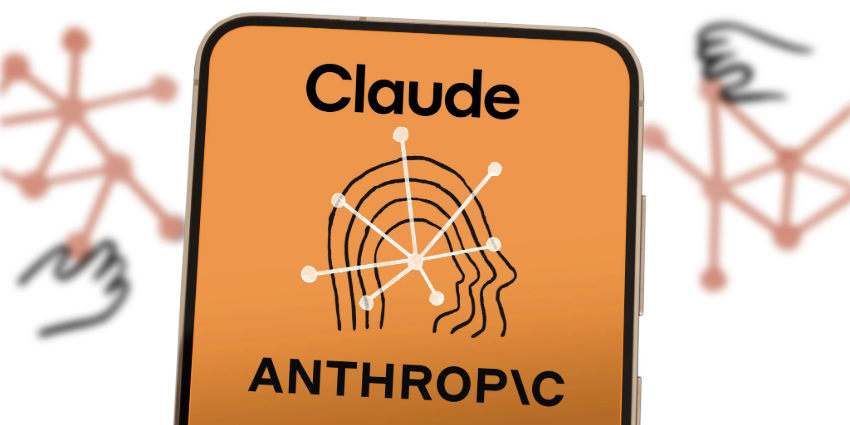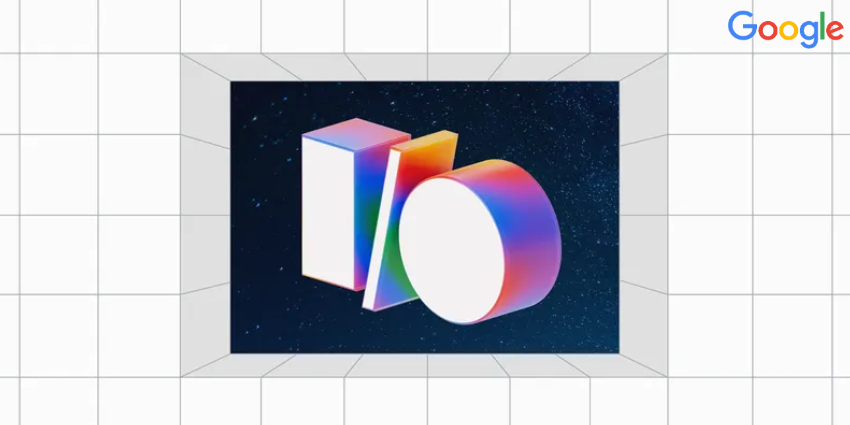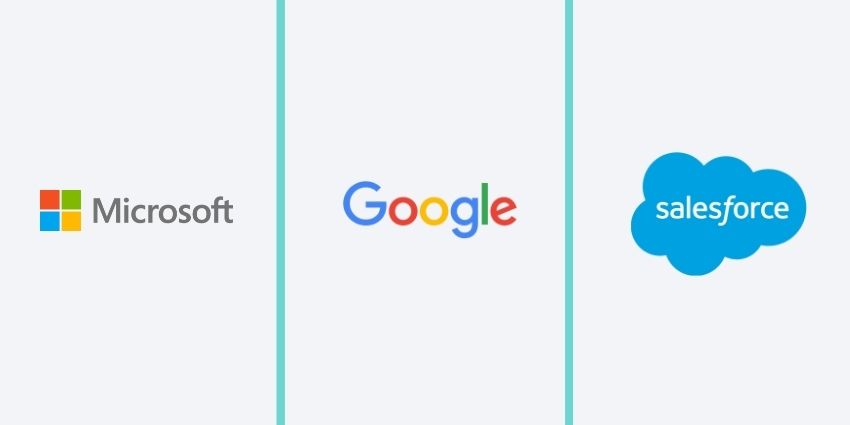OpenAI is abandoning its effort to switch from a non-profit to a for-profit entity.
According to OpenAI chairman Bret Taylor:
[This comes after] hearing from civic leaders and engaging in constructive dialogue with the offices of the Attorney General of Delaware and the Attorney General of California,” . The company’s nonprofit board — the same one that briefly fired CEO Sam Altman — will continue to oversee its commercial subsidiary.
The decision follows widespread scrutiny of the startup, which began as a nonprofit and faced criticism that its quest for growth was pushing it to stray from its original mission. Last month, a group of former OpenAI staff and outside experts, including Geoffrey Hinton, wrote to regulators in California and Delaware asking them to intervene to block the conversion.
New Corporate Structure
The commercial subsidiary is being changed from a capped, for-profit business to a public benefit corporation (PBC), similar to AI competitors Anthropic and xAI. Unlike traditional for-profit companies, which are bound to act in service to shareholders, a public benefit corporation is also responsible for a public mission.
Previously, investors in OpenAI’s commercial entity were capped at making 100 times their money before the rest of its profits flowed back to the non-profit.
With the new PBC subsidiary, OpenAI spokesperson Steve Sharpe told The Verge that investors and employees will own regular stock with no cap on how much it can appreciate. The goal is to make it easier for OpenAI to raise more money in the future.
Nonprofit Control and Mission
In the update on Monday, Mr. Altman said the non-profit would continue to control OpenAI, receiving a “big”, yet-to-be determined stake in OpenAI’s business arm, which would give it access to money to put towards its own goals.
The plan now is for OpenAI’s controlling nonprofit to receive a to-be-decided equity stake in the PBC subsidiary, which OpenAI spokesperson Sharp says will grow as its valuation increases. The nonprofit board will appoint a PBC board, but will still ultimately govern the company.
Sam Altman’s Vision
In a letter to staff shared on the OpenAI website, CEO Sam Altman outlined his vision for the company:
We want to build a brain for the world and make it super easy for people to use for whatever they want….We believe this is the best path forward—AGI should enable all of humanity to benefit each other. We realize some people have very different opinions.
Altman believes that growth and extending access to AI, which would take money, is consistent with the firm’s mission, because it would help people “build incredible things for each other and continue to drive society and quality of life forward.” He added:
It will of course not be all used for good, but we trust humanity and think the good will outweigh the bad by orders of magnitude.
Outstanding Questions
It’s not clear to what extent the new plan will satisfy investors or critics. After the announcement, Page Hedley, OpenAI’s former policy and ethics adviser who had spearheaded last month’s letter, said the update did not resolve issues such as who would own the firm’s technology and how its goals would be prioritized:
We’re glad that OpenAI is listening to concerns from civil society leaders…but crucial questions remain.
According to OpenAI spokesperson Sharp, there is still no plan for CEO Sam Altman, who has strangely never owned a direct stake in OpenAI, to receive equity in the company.
Meta’s Challenge to OpenAI
As OpenAI settles its structural questions, Meta is positioning itself as a direct competitor.
Meta recently launched its standalone AI assistant app at its ‘LlamaCon’ developer conference, putting the social media giant in direct competition with OpenAI’s ChatGPT and other major AI chatbots.
Built on Meta’s Llama 4 model, the new Meta AI app expands beyond the company’s existing AI features that were already integrated into Facebook, Instagram, WhatsApp, and Messenger. It will be available across platforms, including desktop, mobile and Meta’s AI-powered Ray-Ban smart glasses.
Perhaps the most innovative aspect is the social component. The app’s Discover feed allows users to see AI interactions that others have chosen to share, with the ability to like, comment, remix, or share these posts.
Meta’s VP of product, Connor Hayes said.
The idea is to demystify AI and show people what they can do with it.
Balancing Growth with Mission
The restructuring reflects OpenAI’s attempt to balance commercial growth with its founding mission. By maintaining nonprofit control while creating a more attractive structure for investors, OpenAI charts a middle path that secures needed capital while keeping its principles intact.
This compromise may influence how other AI organizations navigate the tension between funding requirements and ethical governance.

